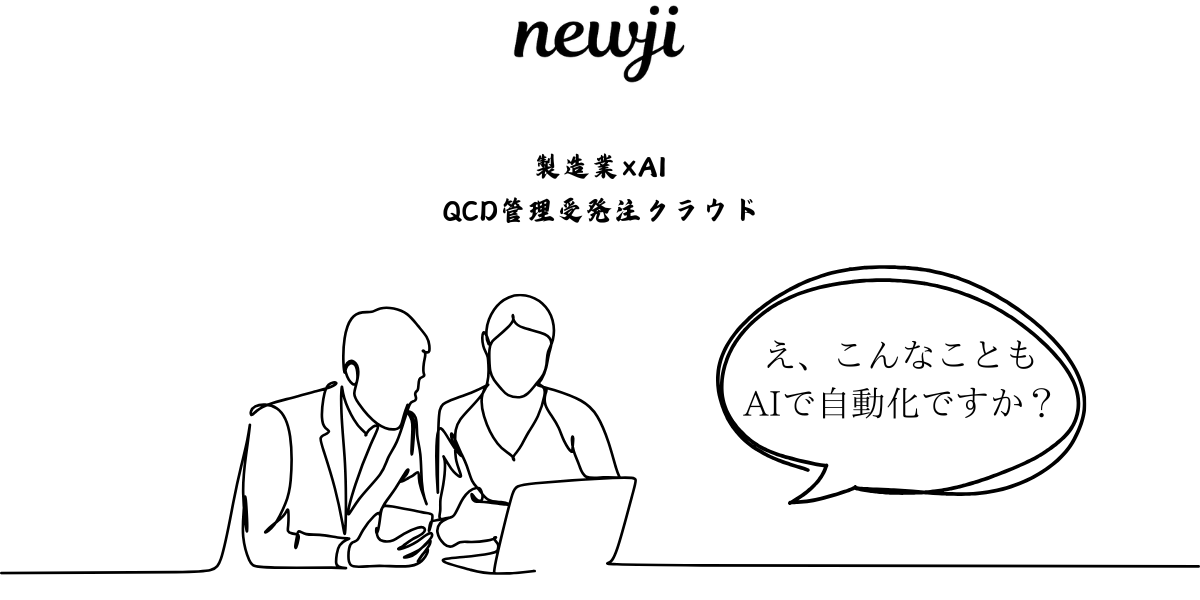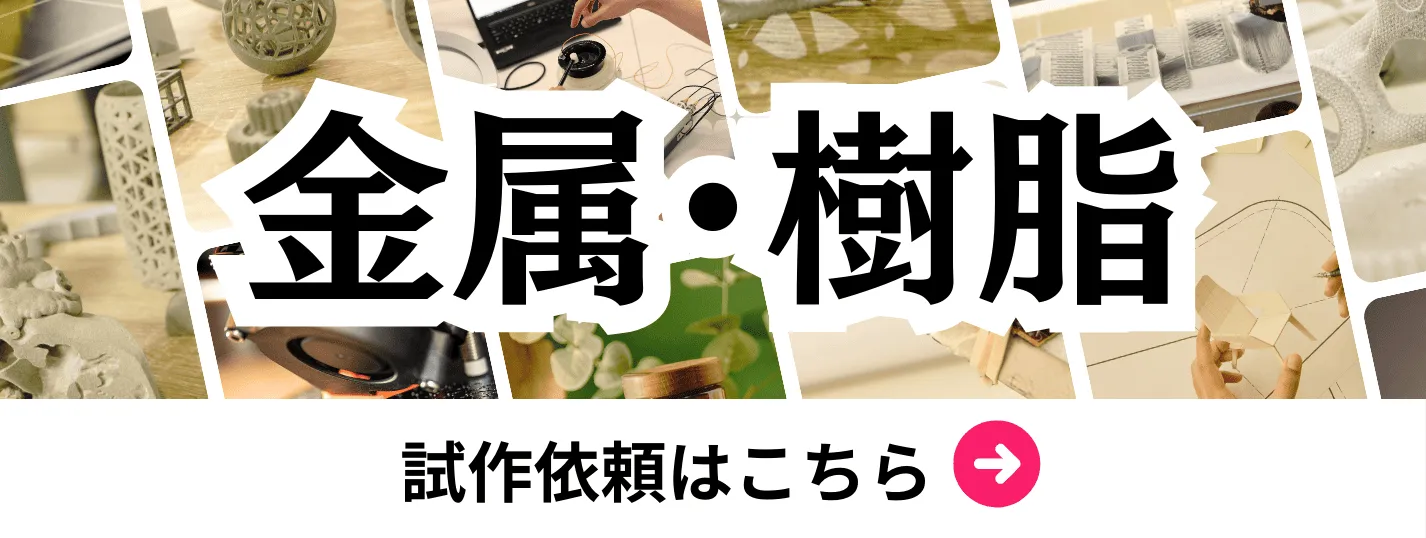- お役立ち記事
- Dispersion stability control of aqueous nano-ink and inkjet printing technology
月間76,176名の
製造業ご担当者様が閲覧しています*
*2025年3月31日現在のGoogle Analyticsのデータより

Dispersion stability control of aqueous nano-ink and inkjet printing technology

目次
Understanding Aqueous Nano-Ink
Aqueous nano-ink is a fascinating development in printing technology.
It consists of nanoparticles dispersed in a liquid medium, which is typically water.
These inks are known for their fine particle size and unique properties, making them suitable for a range of applications.
From electronics to textiles, the use of aqueous nano-ink is becoming increasingly popular in various industries.
The primary advantage of aqueous-based inks lies in their environmental benefits.
Water serves as the primary solvent, making them a safer and more environmentally friendly option compared to solvent-based inks.
This reduces the release of volatile organic compounds (VOCs) into the atmosphere, aligning with global trends toward sustainability.
Factors Affecting Dispersion Stability
Dispersion stability is crucial for the performance and functionality of nano-inks.
Several factors can influence the stability of these inks, and understanding them is key to optimizing their use in printing.
Particle Size and Distribution
The size of nanoparticles plays a significant role in determining stability.
Smaller particles tend to distribute more uniformly within the liquid medium, enhancing stability.
Uniform particle distribution prevents agglomeration, which can lead to clogging during the printing process.
Surface Charge
The surface charge of nanoparticles is an important factor.
When particles are charged, they repel each other, preventing aggregation.
This mutual repulsion maintains the dispersion of particles, ensuring a smooth and consistent ink flow during printing.
Surfactants
Surfactants can be added to nano-inks to improve their dispersion stability.
These compounds lower the surface tension between particles and the liquid, enhancing their ability to remain evenly distributed.
Choosing the right surfactant is essential for maintaining the desired properties of the ink.
pH Level
The pH level of the ink solution affects the ionization and interaction of particles.
Maintaining an optimal pH is crucial for achieving stability, as inappropriate pH levels can lead to aggregation and instability.
Inkjet Printing Technology
Inkjet printing technology is a versatile and widely used method in modern printing.
Its precision and adaptability make it suitable for a wide range of applications, from document printing to complex designs.
How Inkjet Printing Works
Inkjet printers function by ejecting small droplets of ink onto a substrate, such as paper or fabric.
These printers use a digital file to guide the ink droplets, allowing for precise control over the print outcome.
There are two main types of inkjet printing technologies: thermal and piezoelectric.
Thermal inkjet printers use heat to create bubbles in the ink, driving the droplets from the nozzle onto the substrate.
In contrast, piezoelectric printers use an electric charge to change the shape of a piezoelectric material, forcing the ink out of the nozzle.
Applications of Inkjet Printing
The adaptability of inkjet printing allows it to be used in various industries.
In publishing, it provides high-quality prints for books and magazines.
In textiles, inkjet technology enables the printing of complex designs on fabrics.
Moreover, in the electronics industry, it allows for the precise deposition of conductive inks onto circuit boards.
Synergy of Nano-Ink and Inkjet Technology
The combination of aqueous nano-ink and inkjet printing technology offers significant advantages.
The fine particle size and stability of nano-inks ensure a smooth printing process.
Moreover, the environmental benefits of water-based inks align with the eco-friendly aspect of modern inkjet printers.
Improved Print Quality
The use of nano-inks in inkjet technology improves the resolution and sharpness of prints.
The small particle size allows for finer details and more vivid colors, enhancing the overall quality of the printed material.
Extended Substrate Compatibility
Aqueous nano-inks have improved adhesion to a variety of substrates.
This versatility expands the range of materials that can be printed on using inkjet technology, from paper and plastics to textiles and ceramics.
Environmental Considerations
The use of aqueous nano-inks appeals to environmentally conscious consumers and industries.
The reduction of VOC emissions and use of water as a solvent are significant steps toward sustainable printing practices.
Conclusion
Leveraging the benefits of aqueous nano-ink alongside advanced inkjet printing technology holds immense potential for both consumers and industry.
Achieving dispersion stability is essential for the efficient use of these inks, and various factors like particle size, surface charge, and surfactants must be considered.
The synergy of these technologies not only offers improved print quality but also aligns with sustainable practices, ensuring a bright future for digital printing.
 資料ダウンロード
資料ダウンロード
QCD管理受発注クラウド「newji」は、受発注部門で必要なQCD管理全てを備えた、現場特化型兼クラウド型の今世紀最高の受発注管理システムとなります。
 ユーザー登録
ユーザー登録
受発注業務の効率化だけでなく、システムを導入することで、コスト削減や製品・資材のステータス可視化のほか、属人化していた受発注情報の共有化による内部不正防止や統制にも役立ちます。
 NEWJI DX
NEWJI DX
製造業に特化したデジタルトランスフォーメーション(DX)の実現を目指す請負開発型のコンサルティングサービスです。AI、iPaaS、および先端の技術を駆使して、製造プロセスの効率化、業務効率化、チームワーク強化、コスト削減、品質向上を実現します。このサービスは、製造業の課題を深く理解し、それに対する最適なデジタルソリューションを提供することで、企業が持続的な成長とイノベーションを達成できるようサポートします。
 製造業ニュース解説
製造業ニュース解説
製造業、主に購買・調達部門にお勤めの方々に向けた情報を配信しております。
新任の方やベテランの方、管理職を対象とした幅広いコンテンツをご用意しております。
 お問い合わせ
お問い合わせ
コストダウンが利益に直結する術だと理解していても、なかなか前に進めることができない状況。そんな時は、newjiのコストダウン自動化機能で大きく利益貢献しよう!
(β版非公開)









